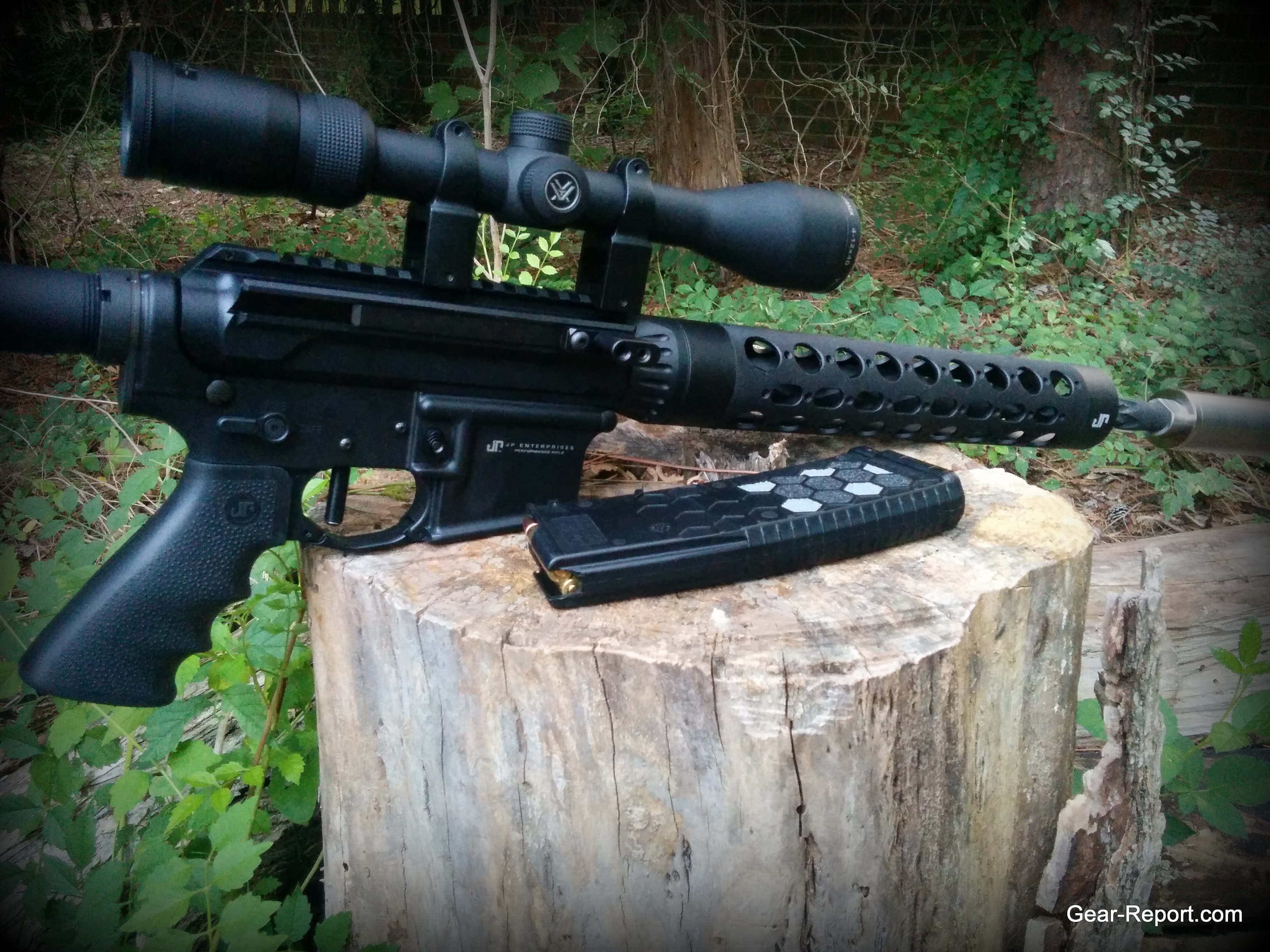Understanding How AR15 Uppers Work and Why You Need One

AR-15 upper receivers, more commonly called ” AR-15 uppers,” refer to the upper half of the rifle. The upper contains the key components of the AR-15 rifle. The four main receivers are known as the A1, A2, A3 and A4 upper receiver, respectively. These receivers are named in the same way the military designated their M-4 assault rifles.
Most AR-15 uppers are very similar. And because the uppers don’t contain the rifle’s serial number, they are interchangeable and don’t have to be registered. An upper contains a charging handle, delta ring assembly, gas tube, gas block, dust cover, hand guard, barrel, flash hider, and forward assist.
AR-15 Upper Styles
There are a few design variations, but all uppers have the same parts and function. It goes without saying that you need an AR-15 upper for the rifle to function properly.
The A1 and A2 upper styles have fixed handles on the top. The A2 has a rear sight with elevation and wind adjustments, handy for any landscape or climate. The A3 and A4 styles are sometimes called flat tops. They have accessory rails on top for mounting any scope, sight, or A2 style removable handle.
Forward Assist
In some combat situations, dirt can clog the upper and prevent the bolt from properly closing against the back of the round. The forward assist enables you to jam the bolt into position when this happens. You will likely never have to touch this button, but it’s there if you need it. Some variations of uppers don’t have this button at all.
Charging Handle
The charging handle pulls the bolt carrier group back, releasing the first round into the chamber. You can also lock the bolt in the back position by engaging the bolt catch. It’s also called a cocking handle or bolt handle and results in the hammer or striker moving to the ready position.
T-Marks
Some uppers have t-marks, which are small white location indicators, helping with accessory location and installation. They’re called t-marks because they’re on the top of the Picatinny rail, but they can also have b-marks, l-marks, and r-marks.
Delta Ring Assembly
The delta ring assembly includes the delta ring, barrel nut, weld spring, and barrel snap ring. It serves to secure the barrel to the upper and provides an attachment for the hand guard. If a hand guard requires special assembly, it’s included in the purchase of that particular hand guard.
A free floating hand guard eliminates the need for a delta ring, so a lot of upper accessories depend on each other and must work together to complete the upper assembly.
Hand Guards
Hand guards attach to the upper and serve as a place to hold the rifle. The barrel gets hot as you shoot, and you can’t stabilize the rifle without a comfortable place to hold it. Hand guards come in all shapes and sizes. It should correspond to the length of barrel you’re using. Free-float hand guards attach to the rear of the delta ring and not at the front of the gas block. They improve accuracy by reducing the flex of the barrel.
Gas Tube
A gas tube transports the high-pressure gas from the gas block to the upper receiver and into the gas tube. Gas tubes should work with your choice of hand guard, and, like hand guards, there are many to choose from.
Flash Hider
The flash hider screws onto the threaded muzzle of the barrel, and it does exactly what it sounds like it does — hides the flash, making it more discreet in battle. Without cuts on the bottom, it prevents dust from releasing into the air.
It’s important to understand how an AR-15 uppers function and why it’s necessary. The components of an AR-15 upper allow you to shoot with comfort, ease, and accuracy. You can find all of these accessories and more AR15 parts for sale at grabagun.com.
